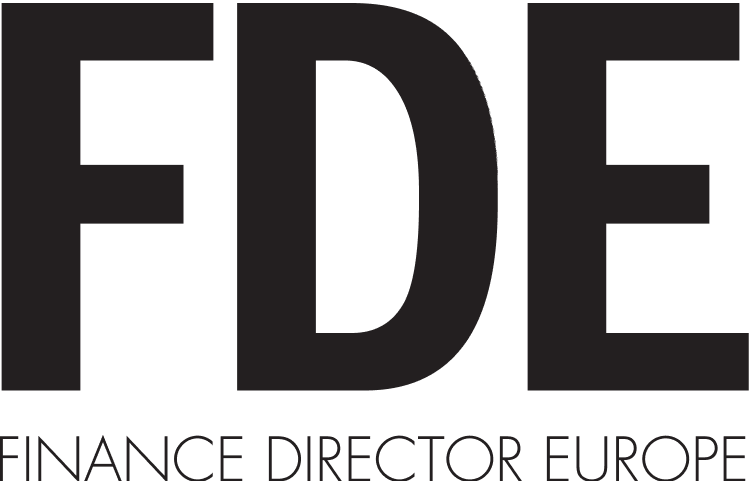
What are the key drivers behind the clients’ decision to implement a BPO strategy as part of their finance transformation journey?
This is a really interesting question given that 50% of companies don’t outsource F&A operations. Based on about 50 engagements with in-house shops over the past 18 months, two themes emerge. First is the Big C Change that forces leadership to say “we have to think differently about doing this” – whether there is M&A activity, competitive threats, top-line and bottom line pressures, or global crises that necessitate a more strategic operating model.
The second is underwhelming results from internal operations and/or the promise of automation projects fails to deliver the ROI. Leadership realises a more holistic approach is required and a new F&A transformation partner with the digitisation chops to deliver the next level of innovation makes sense.
What are they looking to achieve with BPO inside and outside the finance function?
Guaranteed, continued cost reduction, better service quality and controllership are the constants I’ve seen over the past 20 years. These are table stakes – so many CFOs are asking: “what are we missing?”
Value orchestration across the finance ecosystem is what we hear most CFOs require. They tell us it is very difficult to manage the complexities of implementing new processes, policies, technologies, controls and business capabilities globally. And to do it timely and cost-effectively to deliver better business results.
CFOs as enterprise transformation leads are looking for partners to enable their “finance of the future” quickly and cost-effectively while providing the sustainability and agility their stakeholders demand. Many are going beyond CX (customer experience) to include EX (employee experience), PX (partner experience) and VX (vendor experience) as part of the success quotient.

How important is ‘fit’ when it comes to a successful outsourcing project?
We saw a pivot start to take place last year when the common theme was: ‘well, you BPO providers all sound the same, you have the same technology partners, use the same platform, the same methodology, you’re in the same cities, you’re swapping talent on a daily basis.’ So it’s difficult for them to differentiate between BPO providers.
Given that, our customers’ evaluation criteria has shifted to determine who is the best fit for them. In practice, that means culture, values and whether your organisation has deeper flexibility, governance capabilities to be a long-term partner. As a result, we’re seeing fit become a more important element in this equation: do they trust you, do they like you, are you responsive, are you helping them think about things they should be thinking about? So whether it’s innovation or thought leadership, we are seeing fit as a key criteria for our clients.
What factors on the client side tend to lead to a successful project?
Firstly, strong executive engagement and responsiveness, where they are involved in the detail. It could be CFO or CXO, you will sense right away if this is a top down priority for their business and that it is both critical and strategic right from the start.
If they over-club due diligence, and how they want to do the transition, you know they’re very serious and they’re going to have the characteristics of somebody that’s going to be highly successful at this. And there’s an aspect of governance that I would categorise as ‘change management’ that everybody seems to trip up on. I don’t think we or anybody has really gotten change management down to a science – especially in light of “financial ecosystem transformation”.
There is always some element of whether or not that organisation is truly ready. So you can say for such-and-such a scope: how would you transition this type of work across these business entities, different ERP systems, geographies, and so on. We’ve got this down to a science where we actually have it modelled in an algorithm, enter the inputs and out pops a transition plan based on proven success factors.
But how you do that is a reflection of what the client is able to accept, how ready they are, what the risk points are, or what dependencies they have in their organisation that may or not be reflected. Has the client assigned their “A” team to lead the programme. All of these change elements are very hard to systematise, but are critical is setting up the program for success.
And then lastly: if the client is willing to celebrate success and willing to incentivise your employees and they want to recognise them, then that demonstrates a partner-type of relationship and an understanding that you are not just a vendor. Rather, your team and our team are one: we view success the same way.
What questions should a CFO ask themselves before embarking on this journey?
I would suggest they ask themselves a few questions to test their maturity and readiness for a genuine BPO transformation.
First, are they a first-time outsourcer or multigenerational? So what is their maturity level – what is their organisation’s ability to adapt and change? What is the degree of process standardisation and systems standardisation, and their business complexities in terms of the number of business or legal entities or countries they have, because that adds huge complexity. We then need to ask: how important is fit to them and why?
Then, I think they need to look at whether they have congruence in their organisation about what the objectives are and what they want to accomplish. You would be surprised about the number of opportunities or engagements we have where we’re midway down the path and somebody from some other part of the organisation is on a completely different page in terms of what to accomplish.
And then finally, I think they need to ask whether they have the expertise to do the evaluation and manage an outsource partner once they are someway down this path.
In short, it centres around the readiness questions, the maturity questions and is it going to be better, faster, cheaper than you’re doing it yourself in-house? These are all some of the considerations.
What have you learned over two decades of helping clients transition to more efficient processes?
Don’t underestimate governance in this entire process – or overestimate what automation can do. Otherwise, you will fail on both ends. I’ve been involved in a lot of deals, some of them are good, some of them are not so good. The ones that are not so good tend to involve either poor governance or were a bad fit from the start. You have to know yourself before you try to know somebody else. So getting the culture and values to fit well has to be one of your top criteria.






